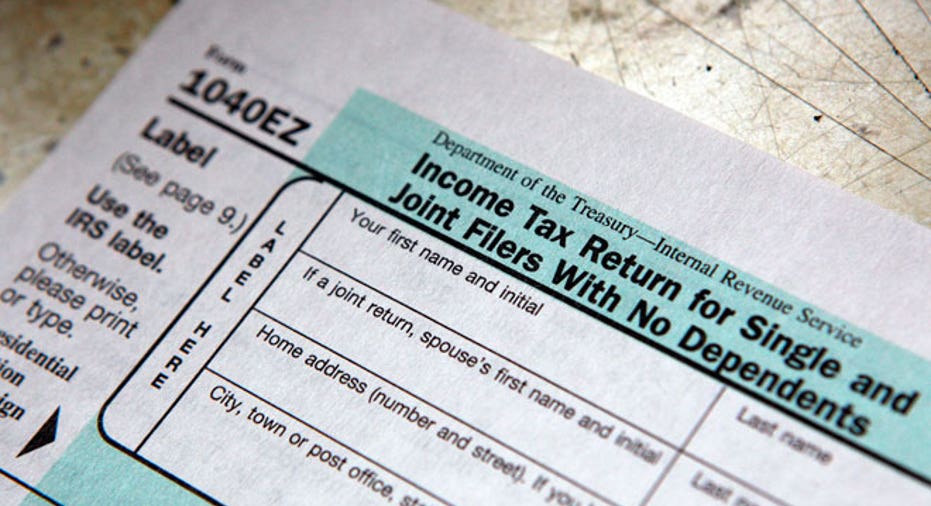Is Your Business Being Audited? What the IRS is Looking For

If you are self-employed your chances of being audited are three times higher than the average wage earning taxpayer.
Why is that?
If you are a wage earner, you will receive a Form W2 at year end. The IRS gets a copy of this form from your employer. If what the employer declares matches what you list on your tax return and there are no other sources of income and merely a standard deduction, you are pretty much audit-proof. The IRS has all the information it needs to determine if you have declared and paid the proper amount of income taxes. It’s very cut and dried.
But if you are self-employed, there is a greater opportunity to cheat by not declaring all income or by deducting personal expenses as business expenses. There is also the chance of not understanding tax law and making an error. After all, the tax code is lengthy and complicated and mistakes do happen.
So here is what the IRS does when it examines the tax return of a self-employed person:
Ensure that all income is declared. The first line on the business tax return or Schedule C is Gross Receipts. If yours is a service business like a graphic artist, web designer, attorney, or accountant, you will likely receive Forms 1099 at year end from your customers. The IRS receives copies of these 1099s, totals them and compares the total to what is declared on the Gross Receipts line.
Audit-proof tip: Total all 1099s you receive for the year and make the comparison yourself prior to filing the tax return. If your 1099s total $150,000 and you declare only $125,000 on your tax return, you can be sure that the IRS will show up at your door.
If you find an error on a 1099, make sure the originator files a correction with the IRS and provides you with a copy.
The next step the IRS takes to ensure proper reporting of income is a comparison of Gross Receipts from the tax return with total bank deposits for the year. It’s important to define additional bank deposits that do not relate to sales and keep a record of the details of the transaction. For example if the IRS sees $200,000 in bank deposits but you report Gross Receipts of $175,000 the IRS will want to know where the other $25,000 came from. If you cannot prove a legitimate source, it will likely assign the $25,000 difference to sales and charge tax on it. You must prove the bank deposits were not taxable sources of income. For example, the $25,000 difference may include capital contributions on your part of $10,000 from savings to help cash flow, and a credit line advance of $15,000. These two transactions are not taxable events and if you have canceled checks for your contributions and the credit line statement as proof, you’re home free.
Ensure that no personal expenses are deducted. Your taxable income is reduced by the total deduction of all “ordinary and necessary business expenses.” Classification of these expenses is a subjective task open to argument with the IRS. As long as the deduction falls within those parameters and was also not for an illegal activity (such as getting a parking ticket while attending a business meeting), you are fine.
Let’s say for example that wining and dining customers is common in your industry because you own a winery. These expenses will fly with the IRS as “ordinary and necessary.” However, if you are a car mechanic, you will likely have a very small amount of expense in this area. The IRS will not expect to see a large deduction for meals and entertainment and will disallow anything excessive, feeling that you are likely attempting to write off family meals, meals with friends and other personal meals.
If you have valid deductions that may be questionable (meals, travel, entertainment and vehicle expense are always suspect) keep all documentation that proves business rather than personal intent.
The IRS will look for personal use when touring your home office. The auditor will measure the square footage to determine if it matches what is declared on the tax return. He will also check out the space itself to see if the room is used for personal purposes. And if so, may disallow that portion of the room.
Basically the same rule applies if, for example, you have business inventory or assets in storage. The auditor will tour the storage facility to see if any personal items are kept therein. If so, the amount paid for storage expense may be reduced and result in a higher tax liability.



















